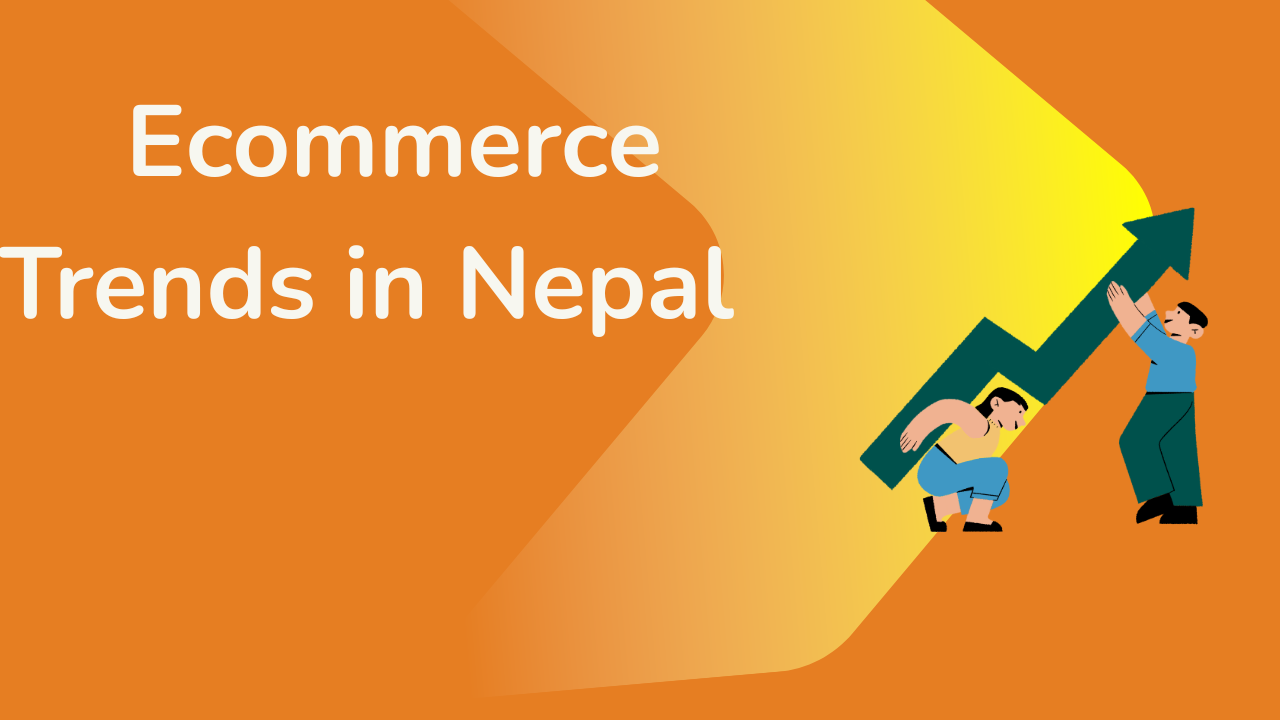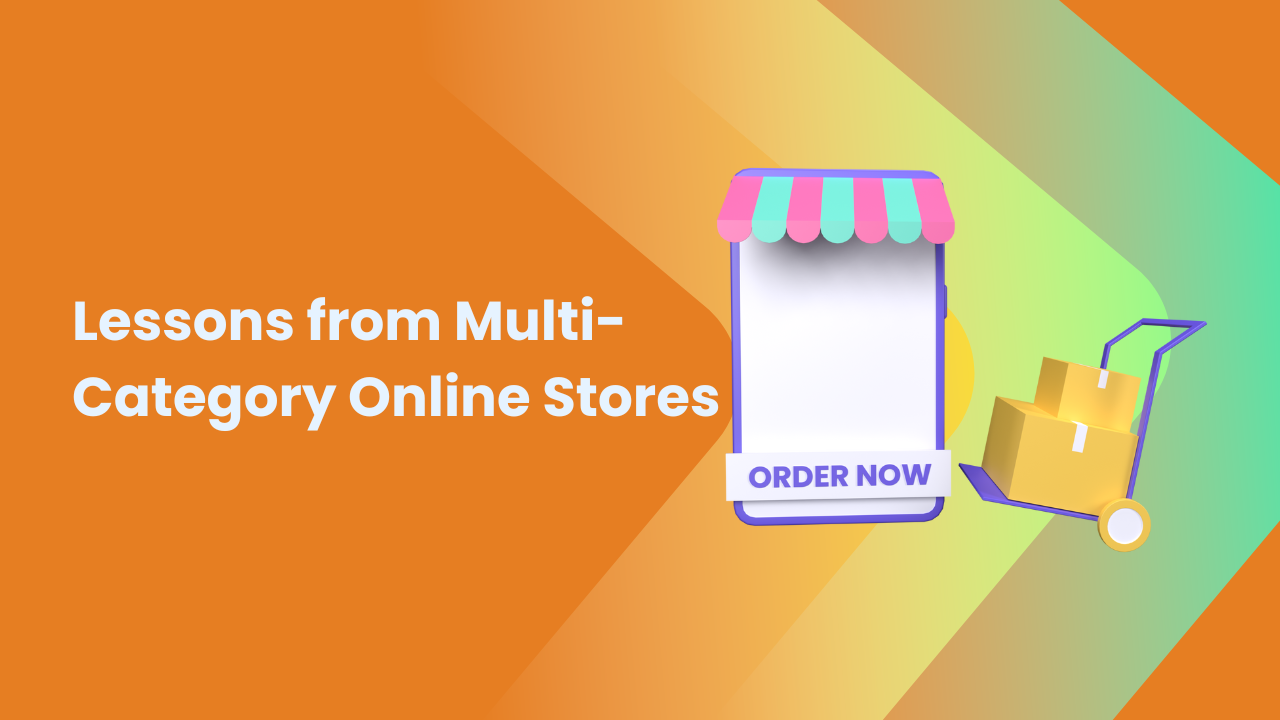Share this Article
Nepal's digital economy is undergoing a seismic shift. What once was a country dominated by brick-and-mortar bazaars and small neighborhood shops is now gradually being transformed by smartphones, online payments, and a rising class of digital entrepreneurs. At the heart of this revolution lies the most critical tool for any online business: the e-commerce platform.
Whether you're a local fashion brand in Kathmandu, a farmer in Chitwan looking to sell organic ghee, or a startup offering customized electronics in Pokhara, the right e-commerce platform is your foundation. It's the bridge between your product and your customers, your back office and your logistics, your growth dreams and reality.
But with so many options available — from international giants like Shopify and WooCommerce to homegrown solutions like Saauzi and SastoDeal's vendor systems — how do you decide which one truly serves Nepal’s unique ecosystem? In this article, we explore what makes a platform the best e-commerce solution in Nepal in 2025 — and why the winner might not be who you expect.
The E-commerce Boom in Nepal
Before jumping into platforms, it’s important to understand the context. Nepal has witnessed massive digital adoption in the last five years. With over 70% smartphone penetration and improved 4G coverage even in hilly and rural areas, Nepalis are more connected than ever. Add to this a young, tech-savvy population and a growing diaspora fueling remittance-driven consumption, and the result is a perfect storm for online commerce.
Yet the growth has not been without challenges. Delivery logistics remain uneven, digital payments are still in transition, and rural sellers often lack the tools or training to build digital storefronts. The best e-commerce platform for Nepal must rise above these limitations—not merely provide a website—but offer an entire business infrastructure that works within the country’s bandwidth, language, and economic constraints.
What Makes a Platform “Best” for Nepal?
The international metrics for e-commerce success — scalability, plug-ins, pixel-perfect UX — still matter, but in Nepal, more nuanced criteria are equally important:
-
Low startup costs: Many Nepali entrepreneurs can't afford expensive monthly fees or developer teams. The ideal platform should be affordable or freemium to start.
-
Local payment integration: A truly Nepali solution must support eSewa, Khalti, IME Pay, bank transfers, and possibly even COD (Cash on Delivery) by default.
-
Logistics support: Without built-in delivery solutions that work across provinces and hills, an online business struggles to fulfill its promise.
-
Language and UI simplicity: English may be dominant online, but bilingual or Nepali-first UX matters for onboarding grassroots sellers.
-
Training and support: Sellers need handholding — from product uploads to marketing — especially when transitioning from physical stores.
Platform 1: Shopify – Powerful, Polished, But Pricey
Shopify remains the gold standard globally. Its user interface, plug-in ecosystem, and payment security are unparalleled. In Nepal too, many high-end brands use Shopify to sell to both domestic and international markets.
However, its pricing model (starting around $29/month + apps), reliance on international payment gateways, and absence of Nepali logistics integration make it more suited for export-oriented or Kathmandu-based elite sellers. The platform lacks native support for local wallets like eSewa or delivery partners like Pathao or Upaya.
Verdict: Excellent for tech-savvy premium brands and international e-commerce, but not grassroots-friendly.
Platform 2: WooCommerce – Flexible, Free, But Developer-Dependent
For those with a WordPress website or development skills, WooCommerce offers unmatched flexibility. It’s technically free, open-source, and highly customizable.
But therein lies the problem: it requires hosting setup, security, payment gateway configuration, and ongoing updates. It’s a developer’s playground, not a beginner’s safe haven.
In Nepal, WooCommerce is popular among tech companies and freelance developers building custom e-shops. Some agencies have built eSewa or Khalti plugins, but it’s not official or always reliable.
Verdict: Great if you have a developer or agency backing, but not ideal for solo shop owners or non-tech users.
Platform 3: Daraz Seller Center – Marketplace-First, Brand-Limiting
Daraz has cornered the Nepali market as a leading marketplace. Through their Seller Center, small businesses can list products and benefit from Daraz's existing traffic, logistics, and promotions.
It’s relatively easy to set up, and Daraz handles COD and delivery, which is a big plus. However, sellers must adhere to Daraz’s strict policies, pay commission on sales, and can’t build independent brand identities.
You don’t own your store—you rent a shelf on their platform. If you're looking to grow a brand rather than just sell inventory, this model is limiting.
Verdict: Useful for exposure and first sales, but not a substitute for owning your online store.
Platform 4: Saauzi – Made in Nepal, for Nepal
Enter Saauzi, a new-age platform built specifically for Nepali sellers. It combines what international platforms offer—custom storefronts, product and order management—with tools tailored for Nepal: eSewa/Khalti integration, local delivery partner dashboards, and even customer messaging via WhatsApp, Facebook, and Instagram.
But what sets Saauzi apart is its philosophy: it’s not just a website builder. It’s an Online Business Operating System (OBOS). This includes:
-
A visual shop editor with themes
-
Built-in payment and shipping plugins
-
Real-time sales dashboard
-
CRM and support chat tools
-
No-code, Nepali-language onboarding
For small shops in Butwal, wholesalers in Biratnagar, or service businesses in Pokhara, Saauzi removes the need for tech knowledge. It’s plug-and-play but powerful.
Even more impressive is their community model — Saauzi runs online training sessions, shop success stories, and has regional coordinators who help shopkeepers go digital in weeks.
Verdict: A strong all-rounder that blends global-quality tech with local Nepali roots. Ideal for shops wanting ownership, branding, and local infrastructure.
Platform 5: SastoDeal & HamroBazar Seller Tools – Legacy Meets Limitations
SastoDeal and HamroBazar have long served Nepali consumers, but their e-commerce tech stack lags behind. SastoDeal offers seller tools for limited vendors and tends to favor big brands or institutional tie-ups. HamroBazar remains more of a classifieds site than a true e-commerce builder.
While they offer some exposure and traffic, they don’t allow sellers to build branded stores or control logistics and payments independently.
Verdict: Suitable for listing products, but lacks the ecosystem and tools for long-term e-commerce growth.
The Winner: A Nepali Platform for Nepali Ambitions
If you're a Nepali entrepreneur aiming to own your brand, manage your store, and grow sustainably within Nepal, platforms like Saauzi offer the best mix of functionality, affordability, and local relevance. It balances the polish of Shopify, the flexibility of WooCommerce, and the reach of Daraz — all while speaking the language of Nepali shops, wallets, and towns.
This is not just a matter of convenience—it’s a matter of national economic strategy.
Why Building Our Own Platform Matters
Relying on foreign platforms creates digital dependencies. Your payments are routed abroad. Your shop is hostage to foreign regulations. Your customer data is owned by outsiders.
Creating, using, and scaling Nepali-born platforms like Saauzi means keeping value within the country, nurturing local tech talent, and empowering homegrown businesses to grow without middlemen. It’s the foundation for a truly sovereign digital economy.
Moreover, local platforms better understand cultural context. Nepal doesn’t run on PayPal or Stripe. It runs on trust, community, and the rhythm of festivals, seasons, and harvests. E-commerce must reflect that.
Looking Ahead: What the Future Holds
Nepal’s e-commerce future will likely be multi-platform. Exporters may still use Shopify. Techies might build WooCommerce stores. Marketplaces like Daraz will remain dominant for bulk sales. But the most exciting growth lies in localized, integrated systems that give full control to Nepali businesses.
We’re talking about headless commerce that works on both mobile and low-bandwidth areas. We’re talking about apps that integrate POS in local stores. We’re talking about WhatsApp shops powered by local plugins. And most of all, we’re talking about platforms that believe you shouldn’t need to speak English or write code to sell online.
That is the future Nepali e-commerce deserves.
Conclusion: The Best Platform is the One That Understands Nepal
Ultimately, the best e-commerce platform in Nepal isn’t just the one with the most features. It’s the one that understands our pain points, our payments, our languages, our logistics—and our dreams.
In that sense, the platforms that win in Nepal will not be those that try to copy-paste from Silicon Valley, but those that listen to shopkeepers in Bhaktapur, women entrepreneurs in Dang, and students selling art in Dharan.
If you’re building an online store in Nepal, don’t just ask what works globally. Ask what works here, now, and for us.
Because when Nepali businesses win online, Nepal wins offline too.
Would you like a follow-up article comparing the platforms visually or showing real user testimonials from each one?
Categories:
E-commerce Tips & Tutorials
,
Marketing & Growth
,
SEO & Content Marketing
,
Beginner’s Guides
,
Sales & Conversion
,
Success Stories & Case Studies
,
Platform Features & Updates
,
Platform Comparisons
Tags:
Online Store in Nepal
,
5 Simple Steps
,
local businesses
,
e-commerce app
,
Small Business
,
strong brand
,
E-commerce
,
Role of Social Media
,
Growing sales
,
strategies
,
Social media
,
Logistics
,
Delivery Networks
,
Flexible Delivery
,
Mobile Platforms
,
Web
,
SEO
,
search engine optimization







